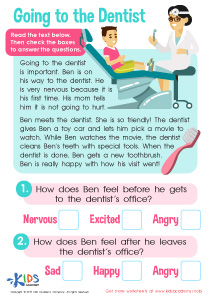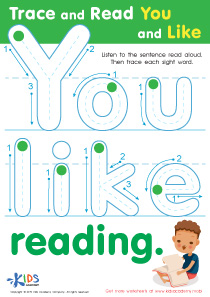Logical Reasoning Normal Grade 1 Reading Fiction Worksheets
3 filtered results
-
From - To
Enhance your first grader’s critical thinking and comprehension with our Logical Reasoning Normal Grade 1 Reading Fiction Worksheets. These expertly crafted worksheets are designed to foster logical reasoning skills through engaging fictional stories. Each worksheet includes stimulating questions that challenge your child to analyze, infer, and draw conclusions from the text. By encouraging active reading and thoughtful responses, these resources help build a solid foundation in literacy and problem-solving abilities. Perfect for both classroom and at-home learning, our worksheets make mastering reading fun and accessible. Unlock your child's potential with these enjoyable and educational activities!
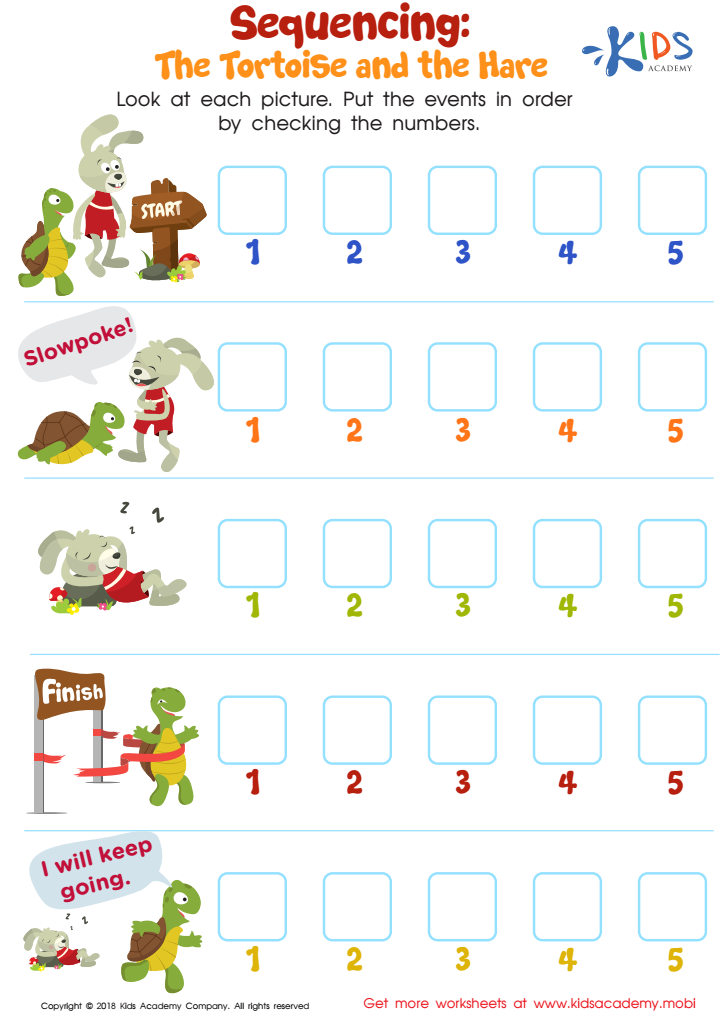

Sequencing: The Tortoise and the Hare Worksheet
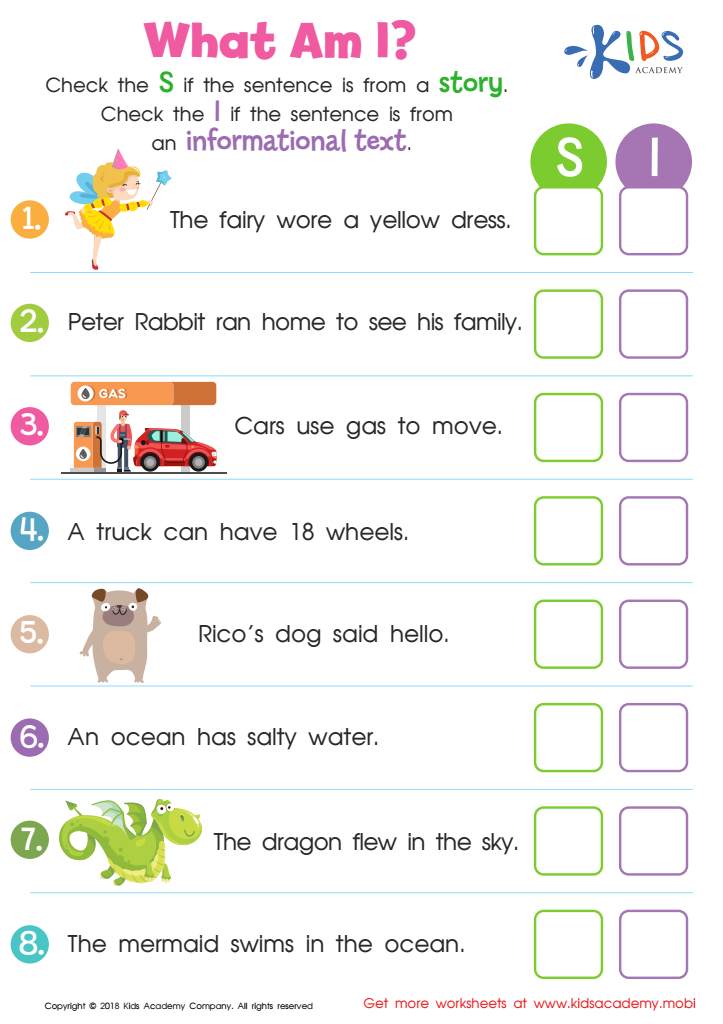

What Am I? Worksheet
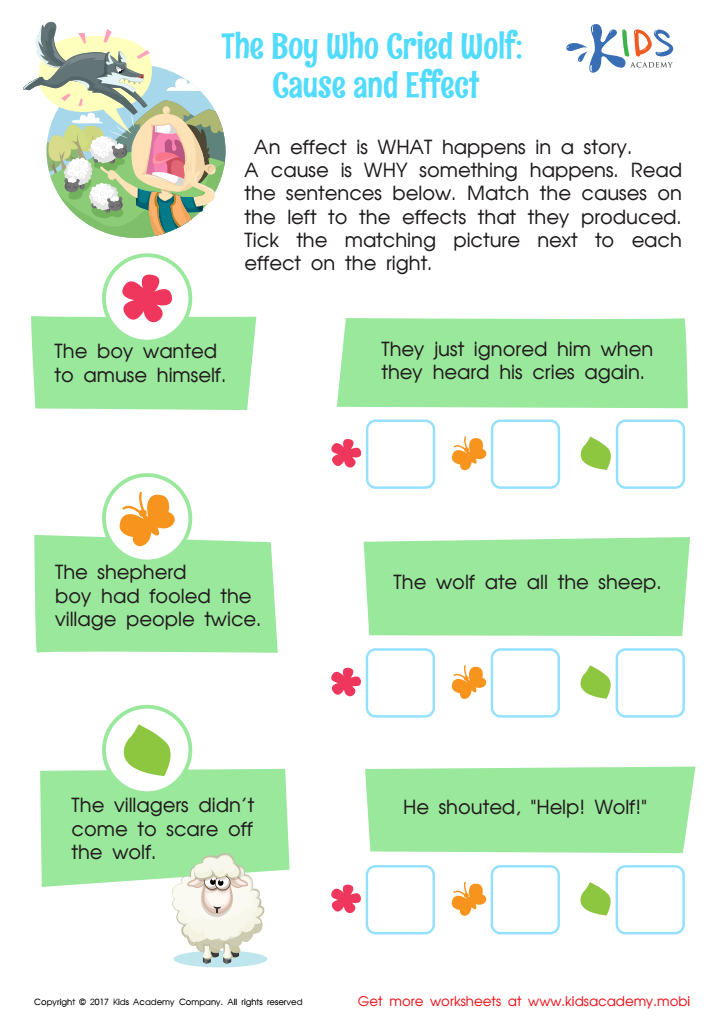

The Boy Who Cried Wolf: Cause and Effect Worksheet
Parents and teachers should care about logical reasoning in a first-grade reading context for several compelling reasons. First and foremost, developing logical reasoning skills at an early age lays a strong foundation for critical thinking. When children read fiction and engage in activities that require them to make sense of the story, draw conclusions, predict outcomes, and understand cause-and-effect relationships, they exercise their logical reasoning abilities.
Secondly, these skills are fundamental in not just academic settings but real-life situations. Mastery of logical reasoning helps children navigate everyday problems, make informed decisions, and approach challenges systematically. In the context of reading fiction, children learn to identify the structure of a story, discern main ideas and supporting details, and recognize patterns within the plot, thereby boosting comprehension skills.
Moreover, fostering logical reasoning encourages independent thinking and enhances curiosity. As children ask questions about character motivations, plot twists, or moral lessons, they develop inquisitive minds keen on exploring further. This is essential for lifelong learning and adaptability in a constantly changing world.
In short, integrating logical reasoning with first-grade reading enriches the learning experience, turning children into thoughtful, analytical, and expressive individuals. It equips them with essential skills needed for future education while making the learning process engaging and meaningful.

 Assign to My Students
Assign to My Students








